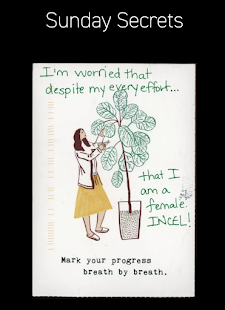Combinatory Poetics
Combinatory Poetics:
The book explains that combinatory poetics is the oldest genre of digital literature, which I found surprising. I find the discussion of ownership/authorship throughout the text very interesting. This genre seems to have different levels of human and computer involvement, for example, it was explained that some of the generators will create poems but then people will use that as a structure for inspiring and forming their own poems. I was very taken with Tzara’s instructions on how to create a Dadaist poem, especially the part that reads, “The poem will be like you. You will now become ‘an infinitely original writer with a charming sensitivity, although still misunderstood by the common people,’” (pp. 22). I found the Oulipo group to be of utmost interest, especially considering they started gathering in 1960 and still continue today in order to share ideas and challenges with each other. I like that this chapter discusses the roles of different types of people within the genre, such as poets, mathematicians, writers, and computer scientists. I was happy to read the discussion involving Mad-Libs and how they share the same general principle of operation as other generation programs discussed in this chapter because I loved playing with them as a kid.
Here is the poem I generated while playing with Cent mille milliards de poèmes:
Christopher Strachey's Love Letters Generator
I chose to further explore the Love Letters Generator created by Christopher Strachey in 1952. I chose this program because I found it to be extremely important considering that it is thought to be the first computer program aimed at creating literary text. I also feel surprised and pretty impressed that it was created in the 50s. I really liked that the book explained that Strachey’s program was a parody making fun of the “Human/heterosexual process of writing love letters in a way that produces uncanny outputs more likely to produce a chuckle,” (pp. 33). I also liked the explanation that “Strachey and Turing may have been ‘laughing at a society all too willing to reject, incarcerate, and hormonally alter them for the simple fact of their homosexuality,’” (pp. 33). It is, in my opinion, very important to learn about the background behind ideas/creations in order to better understand them and their message. I like that the website for the Love Letter generator that I linked above gives you a list of every possible option of salutations, adjectives, nouns, adverbs, and verbs that you could come across.
.jpeg)


Hi! I really enjoyed reading your post, as I also chose Love Letters as my reference for this week. I like how you mentioned combinatory poetics having different levels of human and computer involvement, it truly is interesting how we can manipulate that factor to create the types of program or electronic literature that we want. I also was surprised to find that Love Letter was made in the 50s. To me, the 50s don't strike as a time for E-lit and computer programming, however I enjoyed diving deeper into one of the first E-lit computer programs and reading more about it in your post, as well.
ReplyDeleteGlad you both brought the Love Letter Generator, we'll be learning more about it! I agree learning the background and history behind these texts, allows us to better understand them!
ReplyDelete